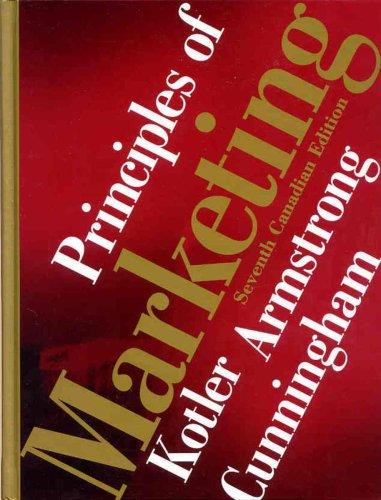Brand distinctiveness. Gillette reportedly spent US$160 million on research and development for its Mach3 product, which it
Question:
❺ Brand distinctiveness. Gillette reportedly spent US$160 million on research and development for its Mach3 product, which it advertised onpack and off-pack in Australia and New Zealand as ‘The First Triple Blade Razor . . . The Closest Shave . . . In Fewer Strokes . . . With Less Irritation’.
Next came Schick Quattro, with four blades and two conditioning strips with aloe and vitamin E to help prevent nicks and cuts (or to help the skin repair itself?), a pivoting head that rotates so as to offer optimal blade contact, anti-clog technology for improved rinsing and a travel stand for quick air-drying. Gillette followed with its five-blade Fusion shaving system, and both products now compete with battery-operated moving shaving heads. Arguably, the brands now copycat each other. But how do they compete from here on in? Does each manufacturer simply add more blades and more strips until the device becomes so heavy it is unusable?
Considering all of the above, how can apparent ‘copycat’ brands compete effectively in the marketplace? (Learning Objective 4) (AACSB: Reflective Thinking)
Critical thinking exercises
Step by Step Answer:

Principles Of Marketing
ISBN: 9780132020015
7th Canadian Edition
Authors: Philip T. Kotler, Gary Armstrong, Peggy H. Cunningham





